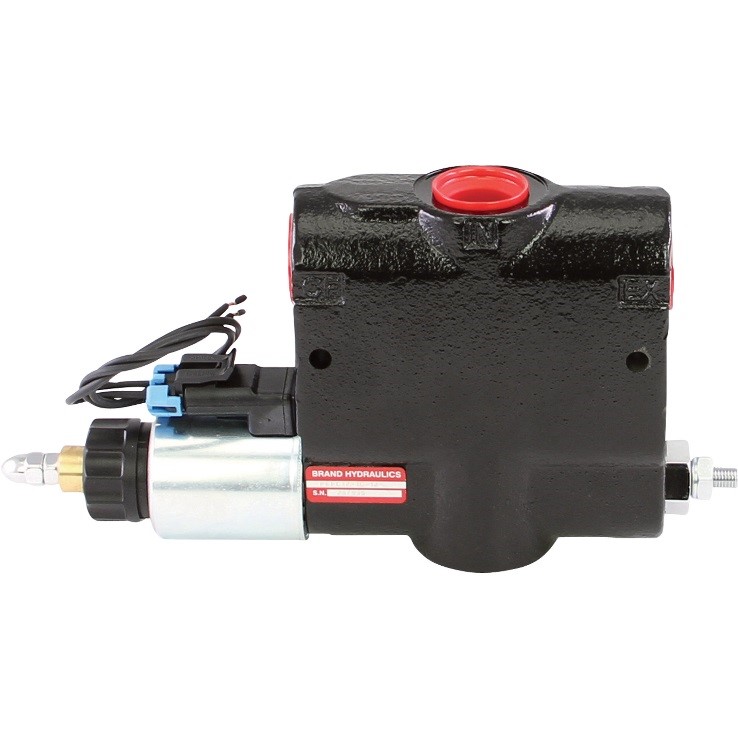Enhancing Operational Effectiveness with Advanced Control Valves
Enhancing Operational Effectiveness with Advanced Control Valves
Blog Article
Optimize Building Procedures With Costs Automation Controls for Controllers
In the world of modern-day structure procedures, the assimilation of premium automation controls for controllers has actually become a pivotal aspect in guaranteeing optimal effectiveness and efficiency. The application of advanced automation technologies supplies an advanced strategy to handling building systems, causing enhanced structured procedures and functional capabilities. By harnessing the power of costs automation controls, structures can accomplish unrivaled levels of energy effectiveness, system integrity, and cost-effectiveness. This calculated execution not only raises the total performance of the infrastructure but also empowers operators with boosted control and adaptability. The relevance of these costs controls in enhancing building procedures is indisputable, leading the way for a more effective and sustainable future in facility management.
Enhancing Structure Effectiveness Through Automation Controls
Improving building efficiency is extremely important in today's architecture and design market, with automation controls playing a crucial role in accomplishing optimal performance. By integrating sophisticated automation controls into developing systems, engineers and developers can create wise, energy-efficient structures that respond dynamically to changing ecological conditions. These controls enable for the smooth tracking and monitoring of numerous structure features, such as illumination, HVAC systems, and protection procedures, resulting in improved operational effectiveness and price financial savings.
Automation controls allow real-time data analysis and changes, making sure that structures run at peak efficiency degrees while minimizing energy waste. With making use of sensors, actuators, and centralized control systems, structures can adjust their setups based on occupancy patterns, outside climate condition, and time of day. This level of automation not just improves the convenience and efficiency of structure passengers but additionally adds to sustainability initiatives by decreasing overall energy intake and carbon discharges.
Maximizing Power Savings With Costs Controls
With the integration of costs automation manages right into developing systems, developers and architects can further maximize power efficiency, boosting the general operational performance of frameworks. Furthermore, premium controls promote the sychronisation of various structure systems, such as Shading, heating and cooling, and lights, to operate in consistency towards lessening energy waste. Overall, the application of costs automation controls not just decreases energy costs but likewise adds to a much more sustainable and ecologically pleasant developed setting.

Improving System Efficiency and Dependability
The integration of costs automation regulates into constructing systems enhances functional performance, making sure optimum performance and dependability. By making use of advanced controls, developing operators can keep track of and readjust various systems in real-time, resulting in boosted efficiency across cooling and heating, lighting, safety, and various other crucial structure features. These controls supply predictive maintenance abilities, great post to read allowing aggressive recognition of potential issues before they escalate into expensive issues. Furthermore, costs automation controls give information analytics that offer insights into system performance patterns, enabling continual optimization and fine-tuning of operations. The usage of top quality controls likewise improves system integrity by reducing the risk of tools failings and downtime. With features like remote tracking and diagnostics, constructing supervisors can deal with problems immediately, decreasing disruptions to developing procedures. On the whole, the unification of premium automation controls elevates system performance and reliability, ultimately adding to a more efficient and sustainable structure environment.
Reducing Operational Prices With Automation Modern Technology
The implementation of automation innovation in structure systems not only improves efficiency and dependability yet also plays a vital role in driving down operational prices. control valves. By leveraging advanced automation controls, developing drivers can optimize energy intake, reduce waste, and improve upkeep procedures. Automation technology from this source allows specific monitoring and control of different structure systems such as Safety, cooling and heating, and lighting, causing a lot more reliable procedures. Via the assimilation of sensing units and information analytics, automation systems can recognize inefficiencies and instantly readjust setups to make certain optimum performance while minimizing energy usage. Furthermore, automation innovation helps in predictive upkeep by detecting potential problems early, stopping expensive repair services and downtime. By systematizing control and automating regular jobs, operational costs can be dramatically lowered, liberating sources for other crucial building upgrades or investments. In general, the calculated implementation of automation modern technology not just improves operational efficiency yet additionally adds to long-term expense savings for structure owners and supervisors.
Enhancing Control and Adaptability for Procedures

Additionally, these systems make it possible for smooth address integration with various other building monitoring modern technologies, such as energy surveillance systems and protection procedures, creating a thorough environment that improves operations and boosts general effectiveness (control valves). The ability to from another location gain access to and change settings further enhances control and adaptability, permitting swift reactions to altering functional needs. Ultimately, purchasing costs automation controls not just boosts the day-to-day operations of a building but also leads to long-term cost financial savings and sustainability advantages
Verdict
Finally, costs automation controls for controllers play an essential duty in optimizing structure operations. These controls boost effectiveness, optimize energy cost savings, enhance system performance and reliability, minimize operational prices, and improve control and versatility for operations. Implementing automation innovation in structures can result in significant renovations in overall operational efficiency and sustainability. It is crucial for companies to buy premium automation regulates to attain much better structure efficiency and functional outcomes.
By using the power of costs automation controls, buildings can achieve exceptional levels of power effectiveness, system dependability, and cost-effectiveness. In general, the incorporation of costs automation controls boosts system efficiency and integrity, inevitably adding to an extra sustainable and efficient structure atmosphere.
Automation innovation enables exact surveillance and control of different building systems such as Safety and security, lights, and heating and cooling, leading to extra efficient procedures. These controls boost efficiency, make the most of power savings, enhance system efficiency and dependability, reduce operational costs, and boost control and flexibility for operations. It is important for companies to spend in premium automation controls to accomplish better building performance and operational end results.
Report this page